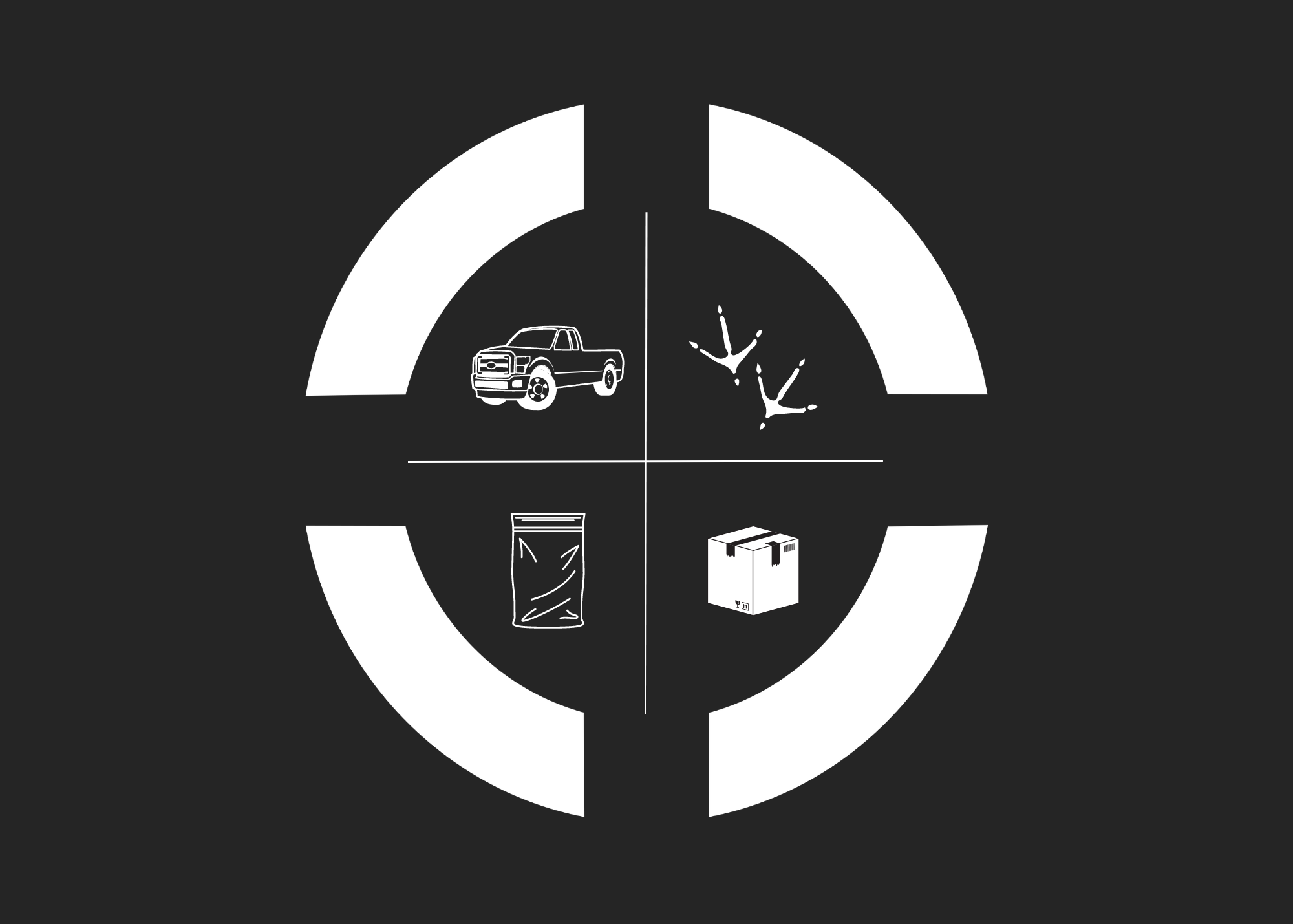In the poultry industry, margins are razor-thin, and every penny spent needs to pull its weight. For too long, poultry companies have leaned on diagnostics and contract labs as a crutch, ticking compliance boxes and relying on gut instinct to make important decisions. But outdated tools and guesswork does not make for a reliable strategy, and more tests aren’t the answer.

Publication
Experts Weigh in on Compliance Challenges with USDA’s Proposed Salmonella Framework
The poultry industry faces one of the most significant regulatory shifts in the USDA’s modern history with the new proposed Salmonella framework. These regulations are designed to limit Salmonella levels in raw poultry products and address specific serotypes that pose the highest risk to public health.
During the WATT Poultry Tech Summit’s “Salmonella Surprise” webinar, industry experts discussed what these new regulations mean, how companies can prepare, and the tools available to effectively manage these risks.
Moderated by Terrence O’Keefe, the panel included Arjun Ganesan, CEO of Ancera; Dr. Charles Hofacre, a professor at University of Georgia's Poultry Health Department; and Dr. Bill Potter, professor and Poultry Federation Chair at University of Arkansas.

Here are the highlights, insights, and recommendations from the discussion.
USDA Salmonella Framework Explained
This framework has the potential to reshape many poultry safety processes. The proposed regulations extend across the production chain, affecting chicken carcasses, parts, and even turkey.
Key Points:
Serotype Testing and Classification: Specific Salmonella serotypes will be flagged as significant to public health, requiring specialized control strategies for each.
Microbial Testing and Sampling: A testing program, including a microbial monitoring program and statistical process control (SPC) implementation, is proposed to continuously monitor levels in production.
Lot Testing and Compliance: One of the most challenging aspects will be the required holding of product lots for testing prior to release, especially if samples exceed the USDA’s threshold for contamination.
"This new Salmonella framework is certainly the most far-reaching and can potentially have the largest impact on the poultry industry of any of the food safety regulations that have come out, in my opinion, since the Mega Reg of 1996," Dr. Potter said.
Salmonella Intervention Strategies
Breeder vs. Broiler Interventions
Salmonella can affect poultry across multiple stages, from breeder to broiler. Dr. Hofacre emphasized the need for interventions starting at the breeder level.
“The way that I look at interventions is to go all the way back and look at our breeders so that we have less Salmonella that's trickling down out of the breeders into the broilers. Many of the interventions will be the same on the breeders we use in broilers, but the long term interventions are to breeders, short term interventions to broilers,” Dr. Hofacre said.
Multi-Hurdle Approach
One singular solution is not going to be effective for Salmonella management. A multi-hurdle approach, combining several interventions to control contamination, is needed to maximize a complex's flexibility.
"We have to think about our interventions for each individual input into that farm, and it may vary between complexes," Dr. Hofacre said.
Vaccination as a Control Strategy
Vaccination is a key component of many control strategies, and will become an even bigger focus for serotypes highlighted in the USDA framework. By prioritizing vaccination for the target strains and implementing multiple interventions, poultry companies can minimize their risk of specific serotypes reaching adulterant status.
"If this framework does come to pass as written, I would be very concerned if I weren't vaccinating and weren't using some the interventions that I have available to me, because as it's currently written, if they test and they find a 10 CFU or higher and then do the serotyping, that serotyping is going to add another day or two on the testing program that I'm going to have to my birds for," Dr. Hofacre said.
Testing Protocols and Technological Advancements
Pre-Harvest and Plant Testing
Testing to predict and manage Salmonella contamination levels both before harvest and at the plant itself will be a critical part of meeting the USDA’s new standards. This includes pre-harvest testing methods - including the use of boot sock sampling - to gauge Salmonella load just before birds enter the processing plant.
Data-driven, continuous improvement is key. Experts agree that the best approach is one where plants use ongoing data collection to identify high-risk flocks and implement improvements tailored to reduce Salmonella levels over time. This monitoring allows operations managers to create improvement plans based on relevant data.
"Plants will do well having their own microbial monitoring plan, a combination of indicator organism with some Salmonella testing, with some periodic stereotyping, and making adjustments accordingly, all the way back to live production and all the way through processing," Dr. Potter said.
Statistical Process Control (SPC) for Process Optimization
Data management in the form of SPC has long been a staple of plant operations, but the USDA’s proposed framework places an even stronger emphasis on SPC for microbial data.
Unlike traditional SPC, the USDA’s approach relies on microbial testing data focused on aerobic count differences between rehang and post-chill stages. This shift introduces new demands on data systems. Given these changes, plants should strongly consider implementing a data infrastructure capable of supporting microbial SPC and delivering insights in real time.
Salmonella Testing Needs a Tech Boost
Rapid and Serotype-Specific Testing
One of the biggest technological gaps in the poultry industry is rapid, serotype-specific diagnostic testing. Currently, the time it takes to confirm test results can delay production, and available testing tools are not equipped for the speed and specificity the new USDA framework demands.
Complexities in Serotyping
There are over 2,500 Salmonella serotypes, but only a handful are harmful to human health. However, accurate serotyping in the poultry industry has not been easy, given the pace of production and the cost associated with serotype-specific testing. Traditional methods often produce inaccurate results, as demonstrated in the video below.
"If you look at it from a quantification or from a serotype standpoint, by the time you actually let something culture for four hours, eight hours, 16, 24, how many ever you guys do, in the live side, Kentucky just mathematically is going to just blow everything else out of the water in terms of what you see. So today when you do traditional serotyping, the challenge is you'll always see Kentucky more times than not, unless Kentucky is not there," Arjun Ganesan said.

Preparing for New USDA Salmonella Regulations
The challenges posed by the new USDA regulations create can not be overstated. There is a deep need for industry-wide collaboration and a 'new deal' approach to updating infrastructure. Ancera uses data to meet the poultry industry's biggest compliance challenges.
To learn more about Ancera's data-driven food defense solutions for poultry producers, request a quick demo today.









.png)































